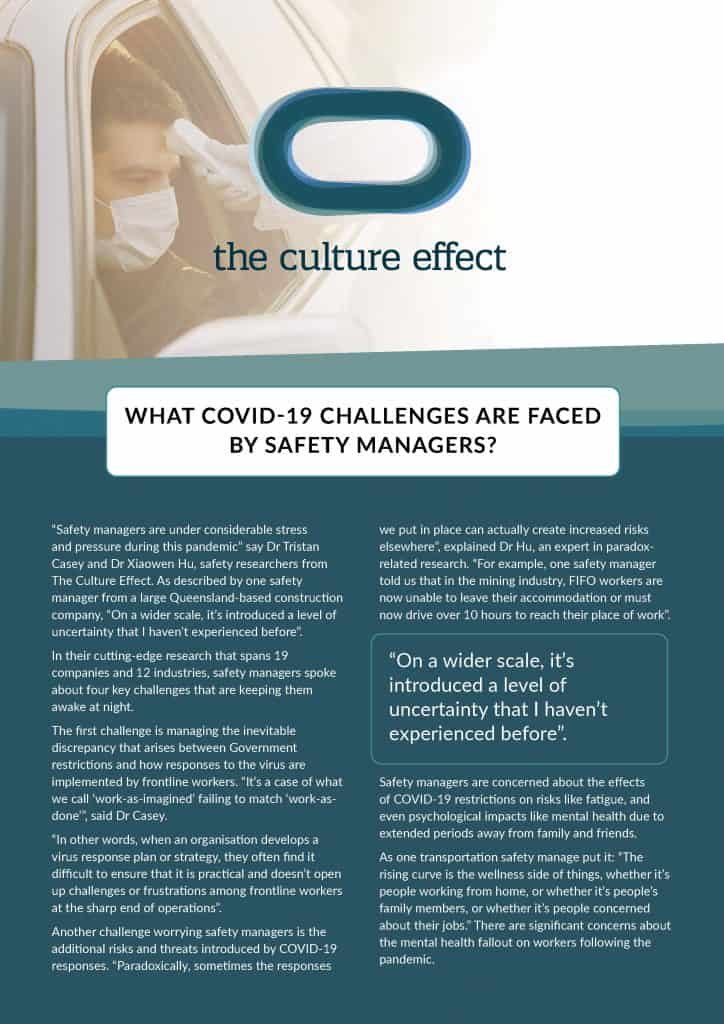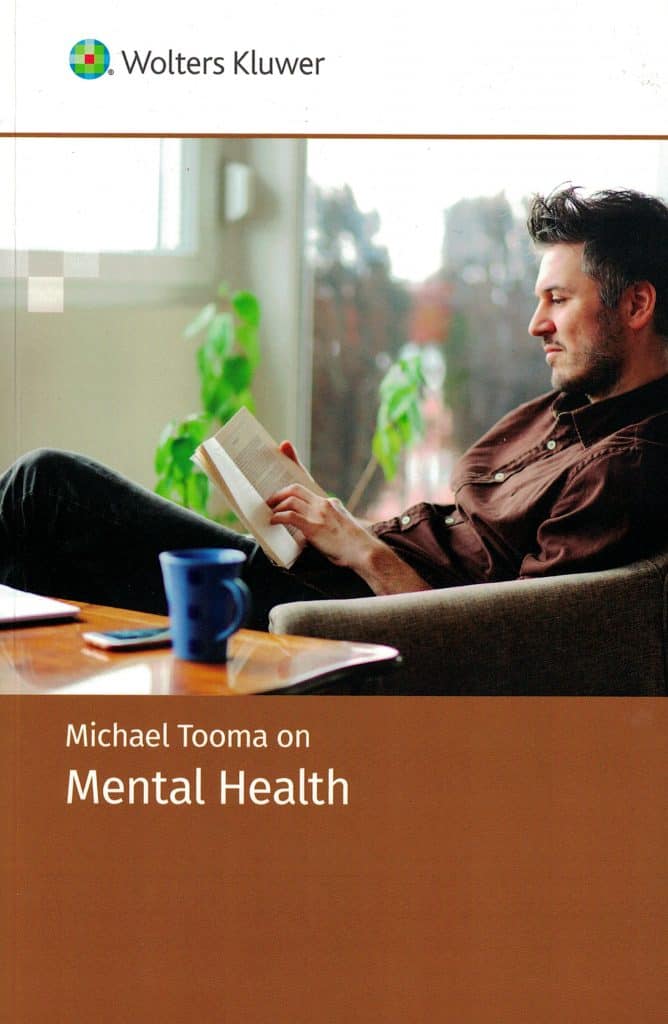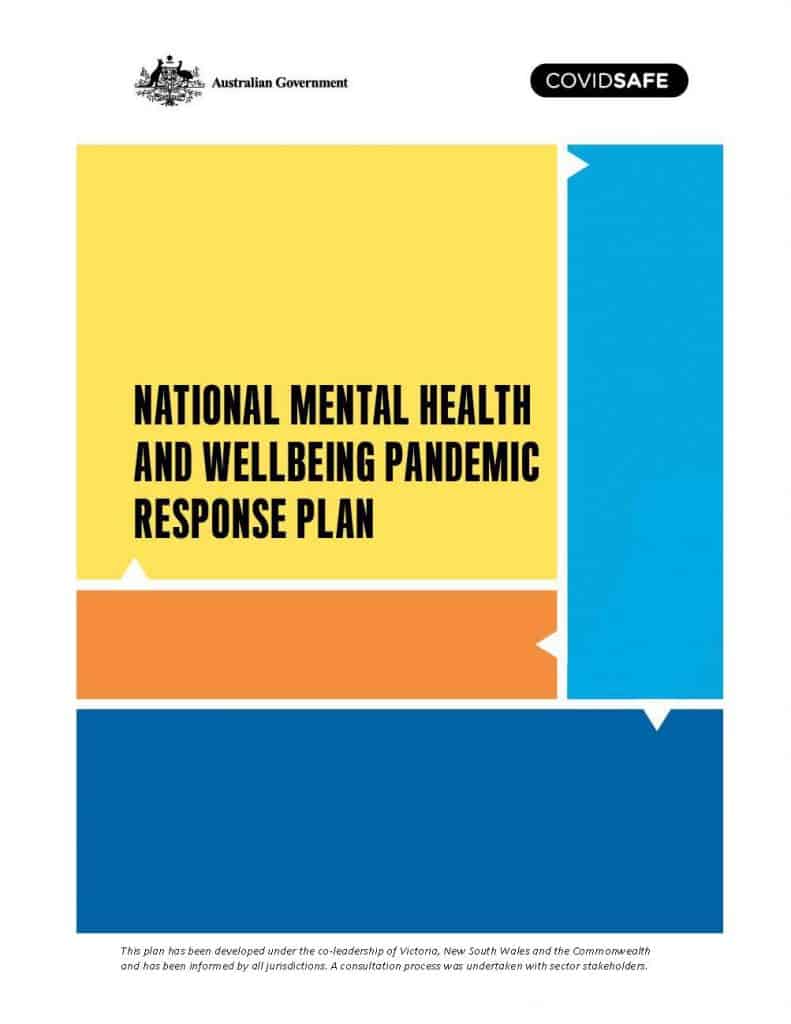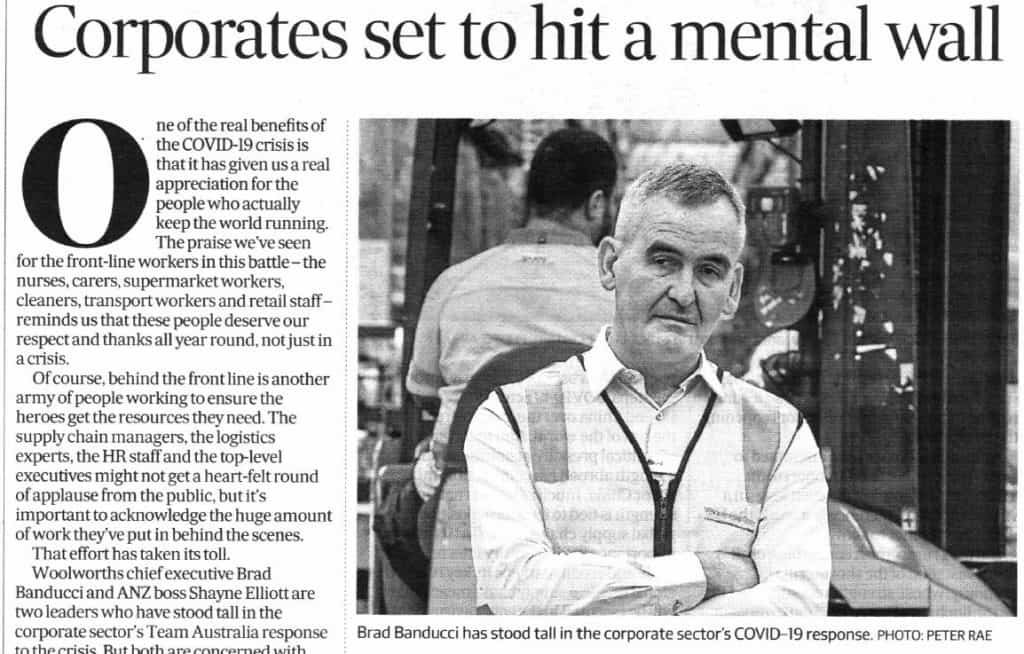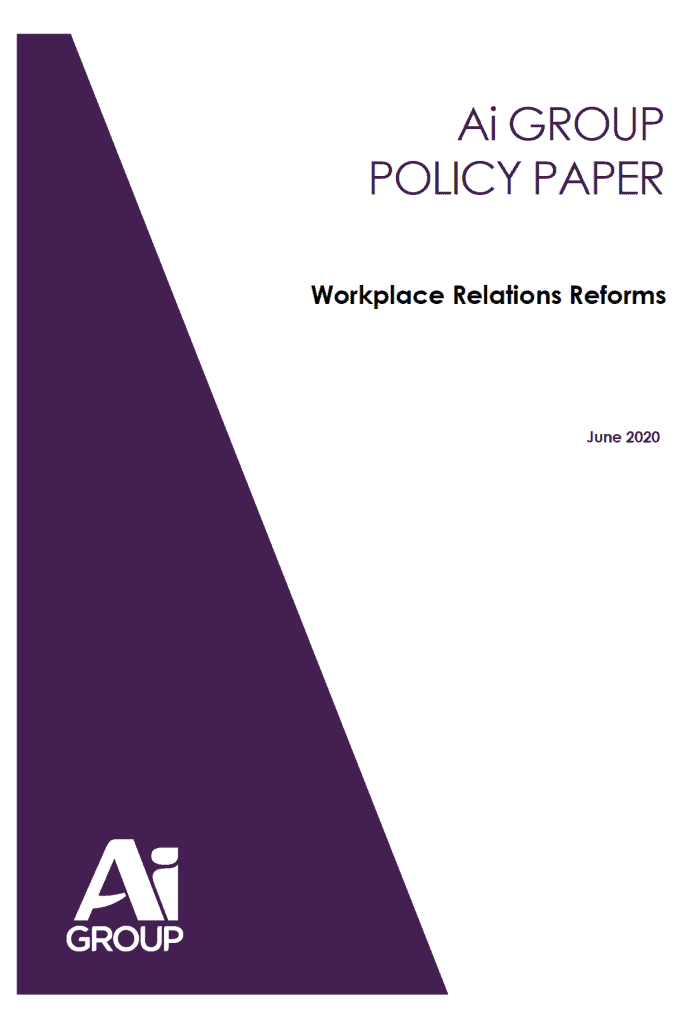
Occupational health and safety (OHS) has always been part of the politics of industrial relations (IR) but it has rarely understood which part it plays as it has never really stood on its own two feet. In Australia, OHS advocates have been, primarily, from within the trade union movement. And for OHS professionals that was okay, as it allowed us to stay within our box, having others fight our battles. When those others weren’t as successful as we wanted, we remained content with the small achievements because they were achieved with minimal effort from us.
Australia, as it emerges from the COVID19 pandemic, is hoping to bring the camaraderie shared by the business groups, government and trade union to a new consensual IR strategy. OHS is an historical element of this discussion, but it needs to be more, and an OHS analysis of the Australian Industry Group’s IR reform paper released on June 6 2020 (but not yet publicly) may provide some clues on what to do about OHS influence.


